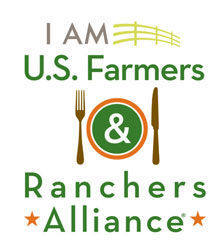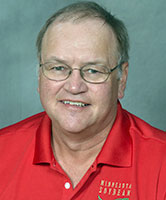 A trail blazing joint convention of the American Seed Trade Association (ASTA) with the Oregon Seed Association this year will highlight the diverse seed industry of the Beaver State.
A trail blazing joint convention of the American Seed Trade Association (ASTA) with the Oregon Seed Association this year will highlight the diverse seed industry of the Beaver State.
“Oregon is known as the cool season grass capitol of the world,” says ASTA Chair Risa DeMasi of Grassland Oregon, who will be hosting this year’s meeting. “Over 90 percent of the cool season grasses are produced here in the Willamette Valley. Besides that we’re producing over 220 different crops. We’re extremely diverse.”
 The annual meeting will be held in Portland, which is located on the north end of the Willamette Valley, an area of about one million acres of farmland extending 100 miles to the south. The event will include the opportunity for a bus tour to give participants the chance to experience Oregon’s crop diversity first-hand.
The annual meeting will be held in Portland, which is located on the north end of the Willamette Valley, an area of about one million acres of farmland extending 100 miles to the south. The event will include the opportunity for a bus tour to give participants the chance to experience Oregon’s crop diversity first-hand.
DeMasi says the “Blazing Trails” theme of the convention will highlight the unique issues and opportunities facing the industry. “Look at the new technology and innovations that our industry is bringing to the world and affecting everyone’s quality of life, we truly are blazing trails in a number of ways,” she said.
Registration for the 133rd annual ASTA annual convention June 18-22 is still available and Risa encourages everyone in the industry to join us – and check out the new and improved ASTA BetterSeed.org website at the same time.
Interview with Risa DeMasi, ASTA Chair










